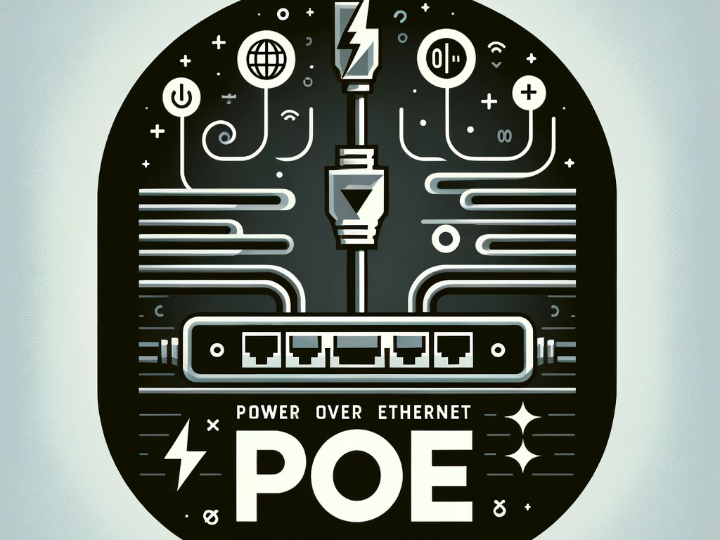A Brief Overview of WIZnet PoE
Essential Resources for Using WIZnet PoE

Hello : )
I've prepared this message to briefly explain PoE (Power over Ethernet) technology and to provide guidance on precautions to take when using WIZnet PoE modules.
Of course, you might already be well aware, but I would appreciate it if you could read it with the mindset of double-checking.
In PoE, the PD (Powered Device) involves DC input and DC output.
Power can be delivered in two ways for the input. They are Mode A and Mode B.
Mode A transfers power to two pairs of data lines.
Mode B transmits power to an extra pair of lines.
Regardless of whether Mode A or Mode B is used, a rectification circuit is necessary.
If you use an RJ-45 that includes a rectification circuit, there is no need to configure a separate rectification circuit externally.
The WIZnet-Pico-PoE board is an example of this.
And for Mode A, power is received through a potential difference using the center tap of the transformer. Therefore, it is essential to design the transformer accordingly.
On the other hand, Mode B does not necessarily require the design of a transformer.
However, designing a transformer is advisable for the stability of Ethernet communication.
Typically, PoE operates as described above, using a Flyback method.
And it is also possible to omit the transformer section, the middle part.
If there is a transformer, it's an isolated PoE. If not, it's a non-isolated PoE.
The WIZPoE-S1 is a non-isolated PoE, while the WIZnet-P1 is an isolated PoE.
Isolated types are more stable and commonly used. On the other hand, non-isolated types are less stable but cheaper.
